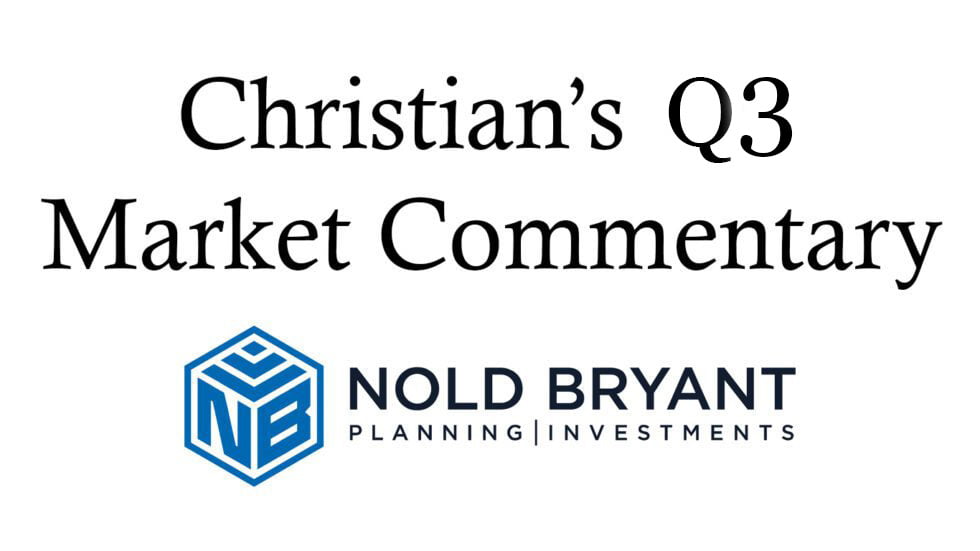
Executive Summary
The Mule Doesn’t Starve – But He Hesitates In the old parable, a mule stands between two bales of hay. Each promising. Each within reach. But unable to decide, he starves. That won’t be our fate – but it does feel a bit like the Federal Reserve right now. The Fed faces two very real dangers. If it cuts rates too soon, it risks reigniting inflation – especially with tariff-related price pressures still working their way through the system. But if it waits too long, it risks applying the brakes too much in an economy that’s already decelerating under the surface. The data isn’t offering clarity. Growth is back, but much of it is restocking and not necessarily sustainable. Inflation is falling – but not convincingly. And while unemployment remains historically low, job creation is slowing, wage gains are flattening, and long-term unemployment has begun to rise. The Fed is not paralyzed – but it is cautious. Unlike the mule, it’s not starving. But it is hesitating. Investors don’t need to make the same mistake. For us, thoughtful positioning, broad diversification, and selective conviction offer a way forward even when policy remains in limbo. The AI Engine Behind the Rally One reason markets have charged ahead this quarter is the continued surge in AI investment. The Magnificent 7 (Apple, Microsoft, Alphabet, Amazon, Meta, Nvidia, and Tesla) are pouring unprecedented capital into AI infrastructure – hyperscale data centers, custom chips, and new service layers. Global AI CapEx is expected to top $200 billion this year, and it’s not just Big Tech anymore. Industrials, financials, and even healthcare firms are spending aggressively to future-proof their businesses. This level of investment gives markets confidence. It feels less like a bubble and more like a regime shift. But we’d be remiss to ignore the short-term dislocations AI is creating – especially in the labor market. Many companies are investing in AI specifically to reduce headcount or avoid future hiring. Public-sector job automation, entry-level white-collar reductions, and restructuring across industries are already quietly happening. This is part of what makes the Fed’s job harder. If AI leads to higher productivity but also rising unemployment, the path forward gets even murkier. So, while AI justifies some of the market’s optimism, it also reinforces the need for humility and careful risk management. Tariffs: Still a Dial, Not a Switch As Neil Dutta of Renaissance Macro puts it: President Trump sees tariffs not as a binary switch, but as a dial. When markets are near all-time highs, such as they are now, he tends to apply pressure. Threats increase. Tariff schedules expand. Negotiations stall. But when markets get jittery or overly fearful, the pattern reverses. The dial turns back. Rhetoric softens. Exemptions are granted. Deals emerge. With equity markets sitting close to record levels, we believe President Trump will feel emboldened to hold a harder line in negotiations, potentially escalating tariff rhetoric or delaying concessions. That posture may heighten short-term volatility, especially if headline risk outpaces actual policy impact. Our base case: deals with allies move forward, and China negotiations remain drawn out. But the market’s reaction to tariff headlines will likely be worse than the policies themselves. In many cases, we believe the tariff risk is already reflected in prices. Energy: Still in the News, Less in Your Portfolio A decade ago, energy made up 11% of the S&P 500. Today, it’s under 4%. This matters because it helps explain why recent Middle East tensions, including Israel–Iran escalation, have had limited market impact. Oil prices may rise, and energy stocks may benefit or suffer – but the effect on broader equity indices is more muted than in years past. Geopolitics still matter. But in today’s market, they’re more likely to create noise than trend-breaking disruption. That is, unless they feed through to inflation or supply chains in a meaningful way. Portfolio Positioning and Outlook Here’s how we’re thinking about positioning as we head into Q4:
Final Thought The market’s not starving. It’s thriving – but not without risk. We’re in an environment where long-term structural tailwinds like AI, global disinflation, and capital investment are competing with short-term policy indecision, tariff uncertainty, and labor disruption. That means headlines will shift – and so should positioning, prudently. We’ll keep watching, rebalancing, and moving forward. No hesitation necessary. As always, you know finance and the markets are my favorite things to discuss, so please feel free to reach out to me with any questions! Christian |









